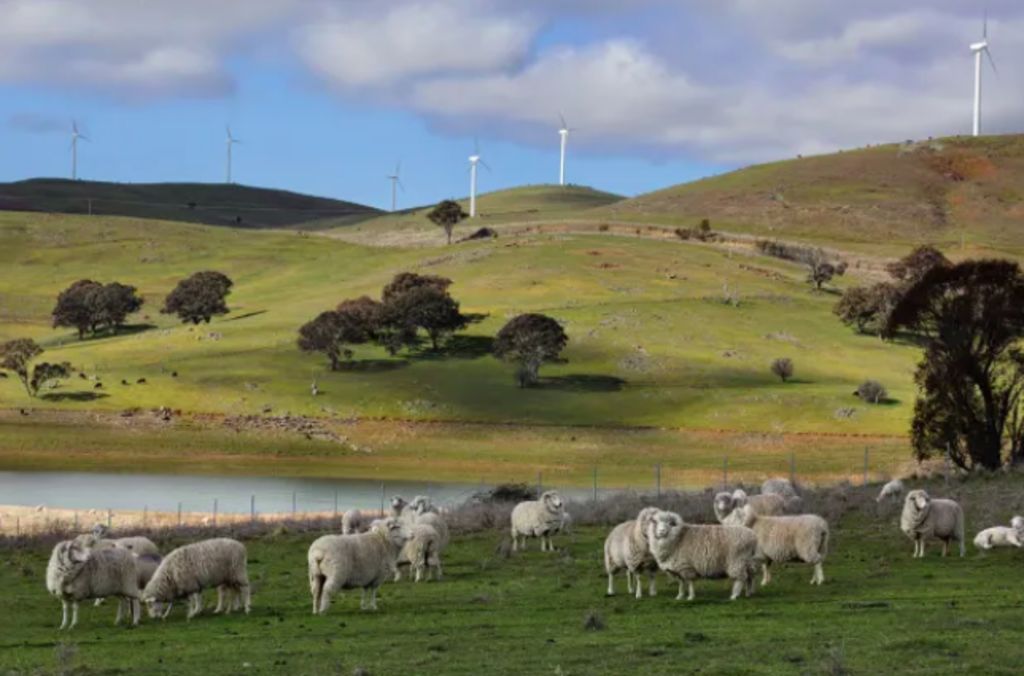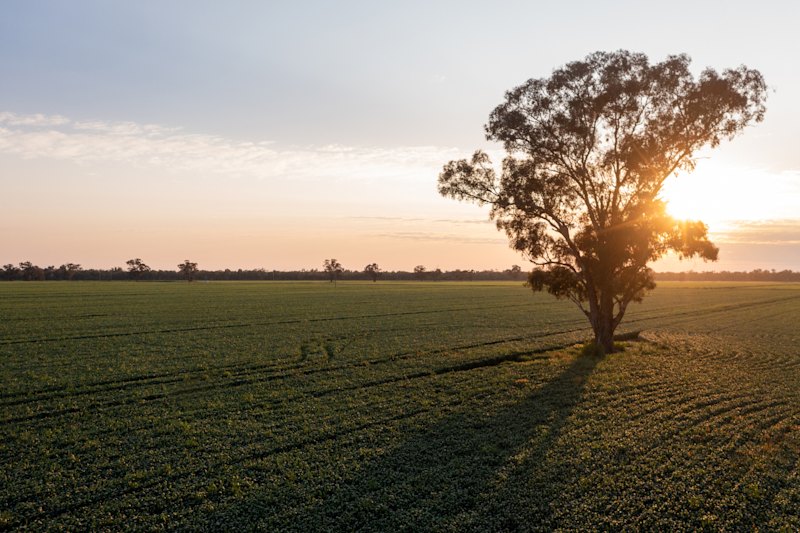
Farm values to rise if drought persists: Rabobank
Agricultural land values will rise this year, even if the drought persists, because of a “lack of available properties on the market”, according to specialist agribusiness lender Rabobank.
Should the dry weather persist, Rabobank said it expected transaction levels to remain at or below the low levels seen in 2018.
“During periods of drought, sellers are reluctant to put properties on the market,” Rabobank said.
Even if weather conditions improve, and more properties are put up for sale, Rabobank said there would enough demand in the market to “limit any negative impact on prices”.
According to the latest Rabobank Rural Confidence Survey, sentiment among farmers has improved with 4.7 per cent of those surveyed looking to buy property in the next 12 months compared with just 1.1 per cent in the prior December 2018 quarter.
However, this intention to buy remains historically low, and well below the 7.1 per cent figure recorded a year ago.
“Demand is nearly entirely a product of operating profit and farmer confidence,” Rabobank said in its June Agribusiness Monthly Report.
The positive outlook on rural land values is in line with the views of many rural valuers, despite the extreme weather conditions that have been experienced across Eastern Australia – notably the ongoing drought and massive flooding which hit Queensland’s Gulf region in February.
Rural valuers have argued that even with the once-in-a-generation floods that devastated around 800 rural properties and more than 13 million hectares – an area twice the size of Tasmania – in early February (killing over 500,000 cattle) that farm values would hold up because of the deep pool of buyers.
“We think the property market is deep enough now to handle these impacts,” said Shaun Hendy, director agribusiness valuations at Colliers International in February.
The most recent full-year results reported by ASX-listed Australian Agricultural Company (AACo) were notable for 5.8 per cent increase in the value of its 6.4 million hectare portfolio of pastoral holdings to $738.5 million on the back of “infrastructure upgrades and market valuation increases”.
According to Australian Bureau of Agricultural and Resource Economics and Sciences (ABARES), average farmland values in NSW increased 15.4 per cent in the year to June, compared to 2 per cent in the prior year. ABARES also recorded 10.9 per cent growth in South Australian farmland values in the year to June, though this was down on 18.6 per cent. Values fell 1 per cent in the Northern Territory.











